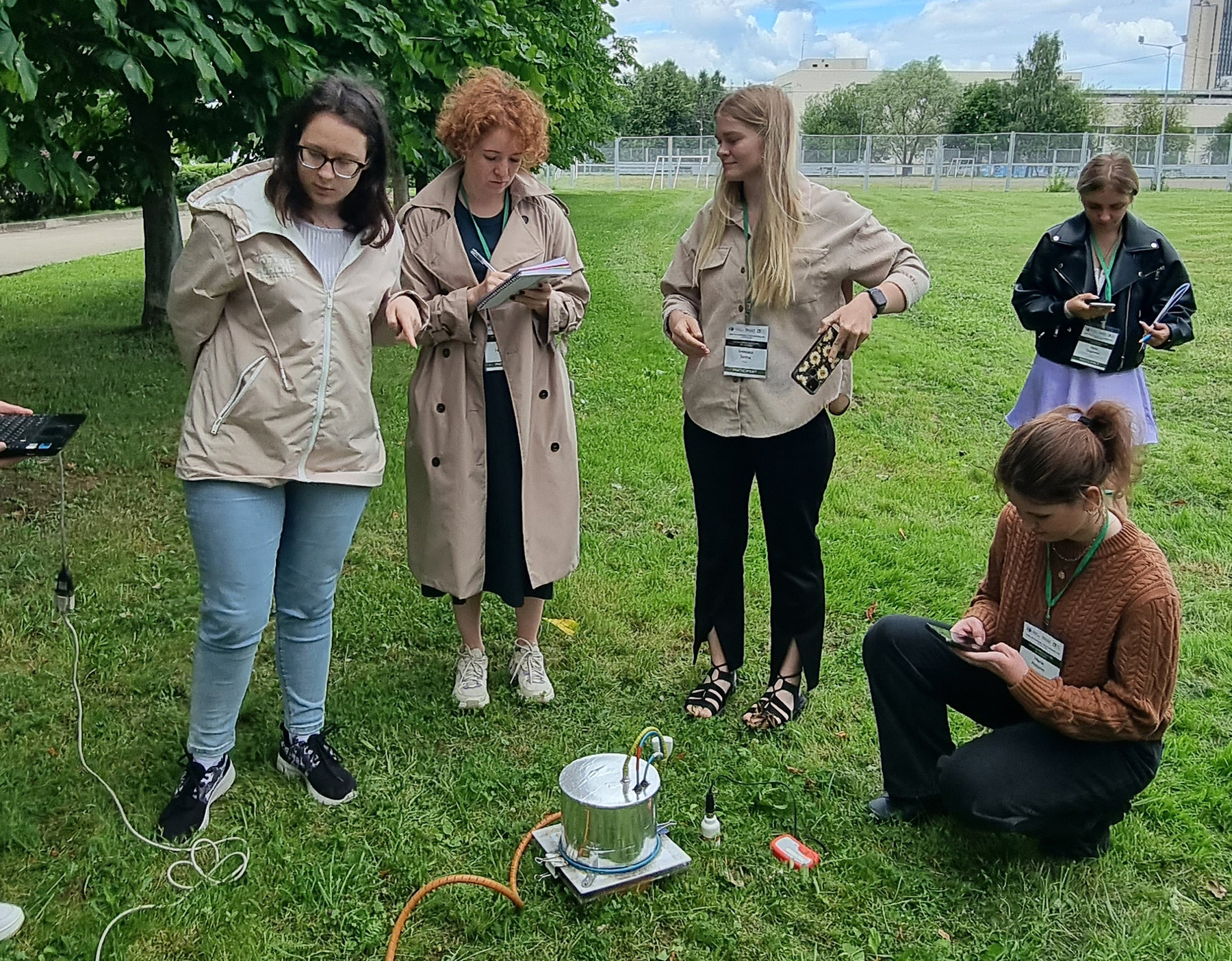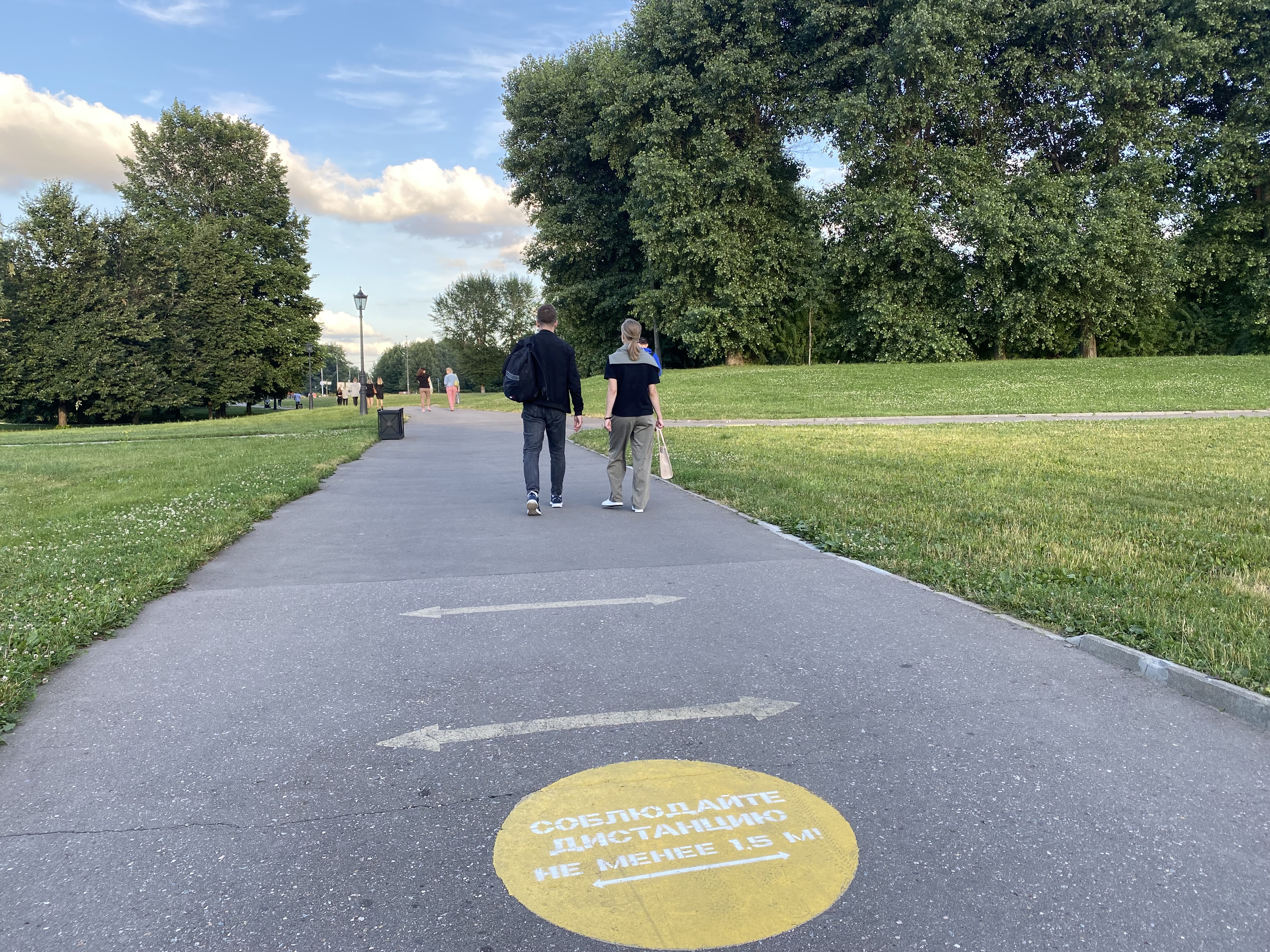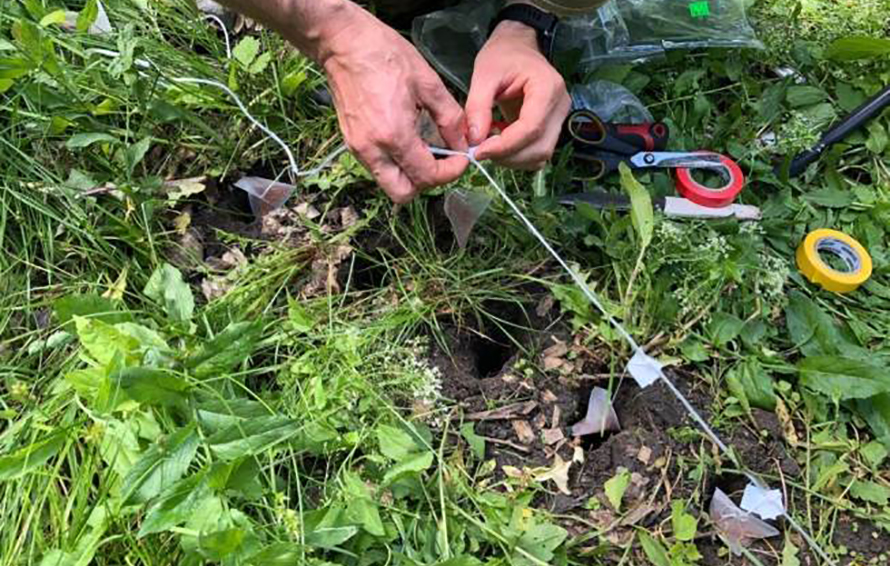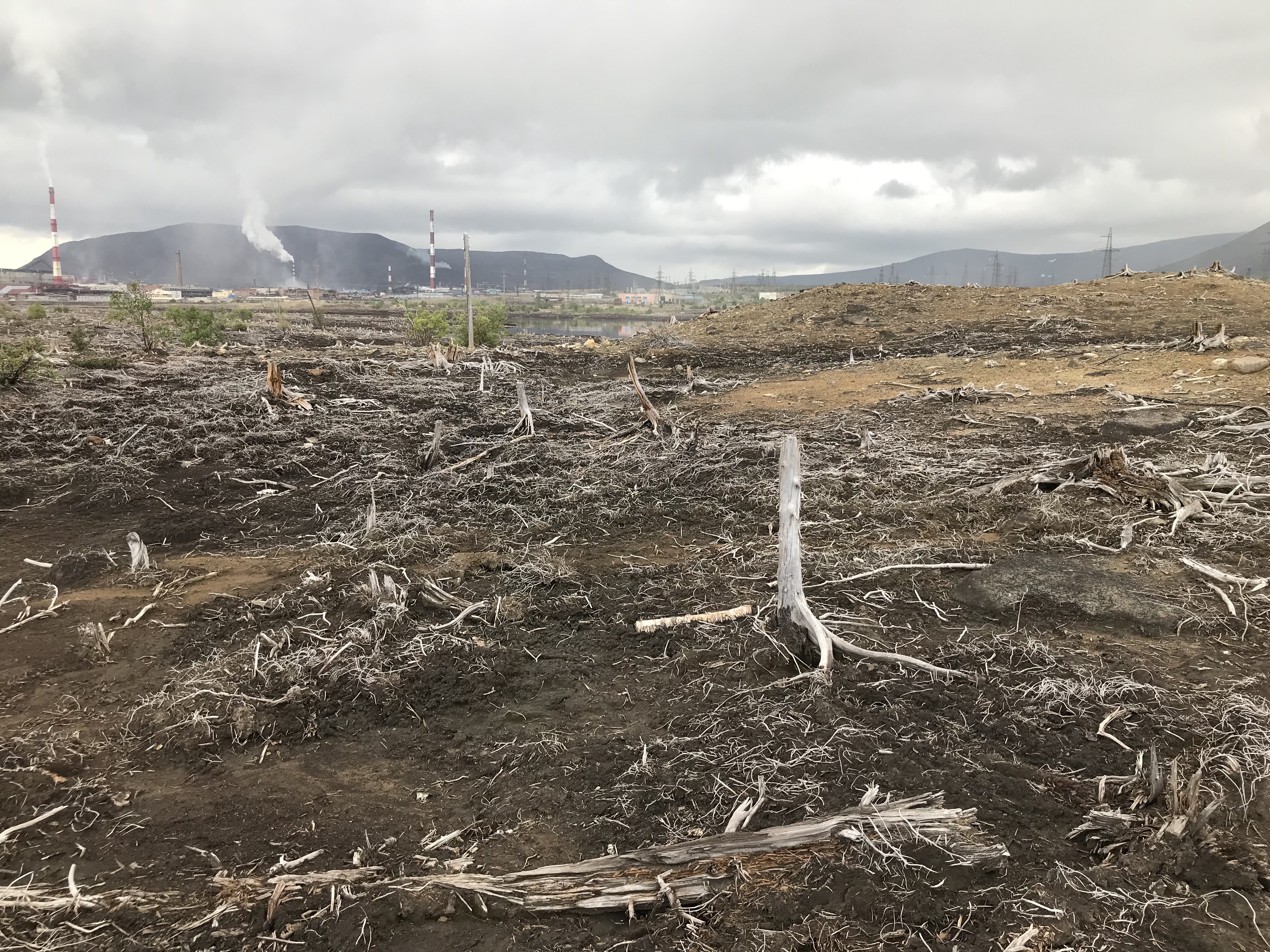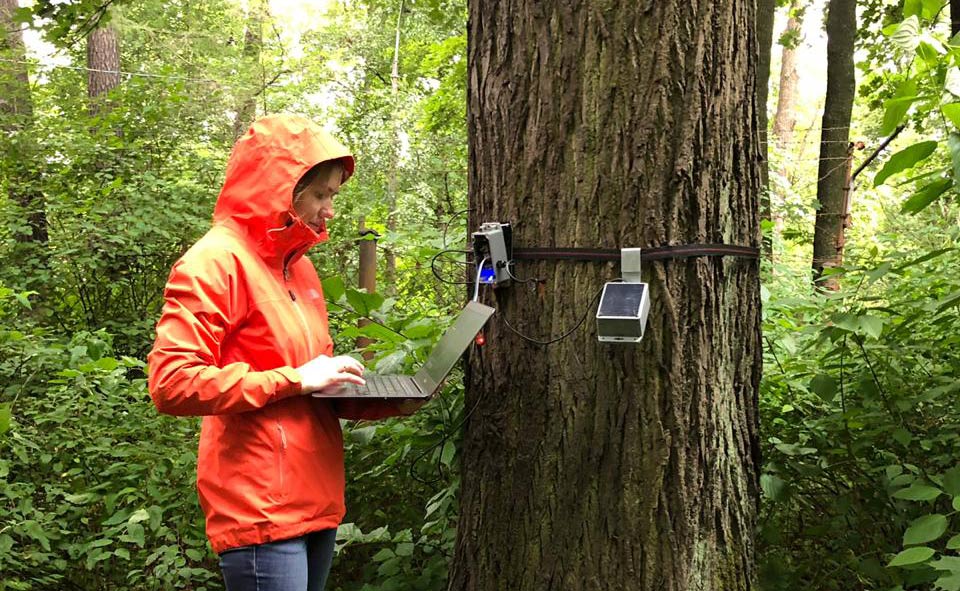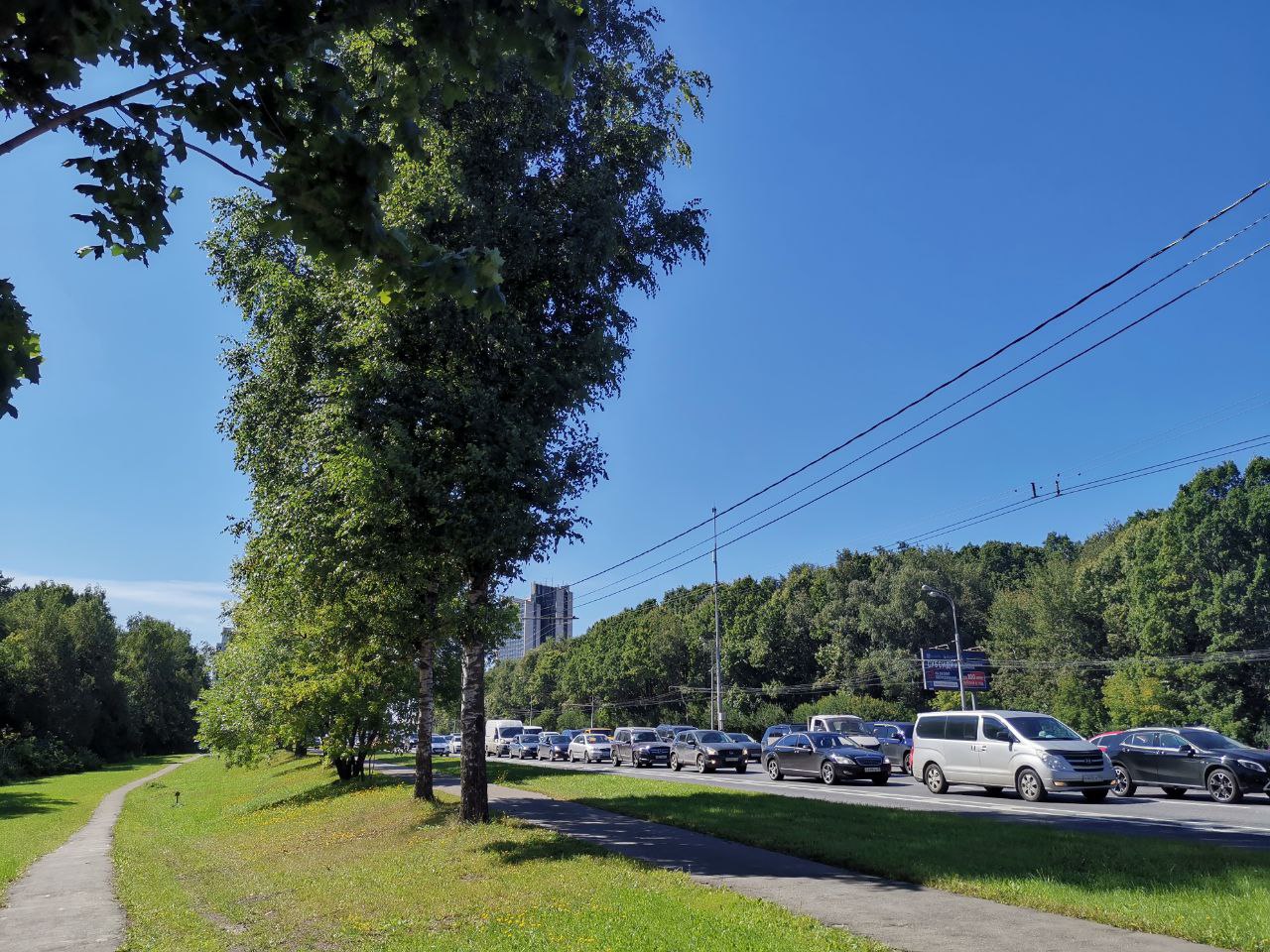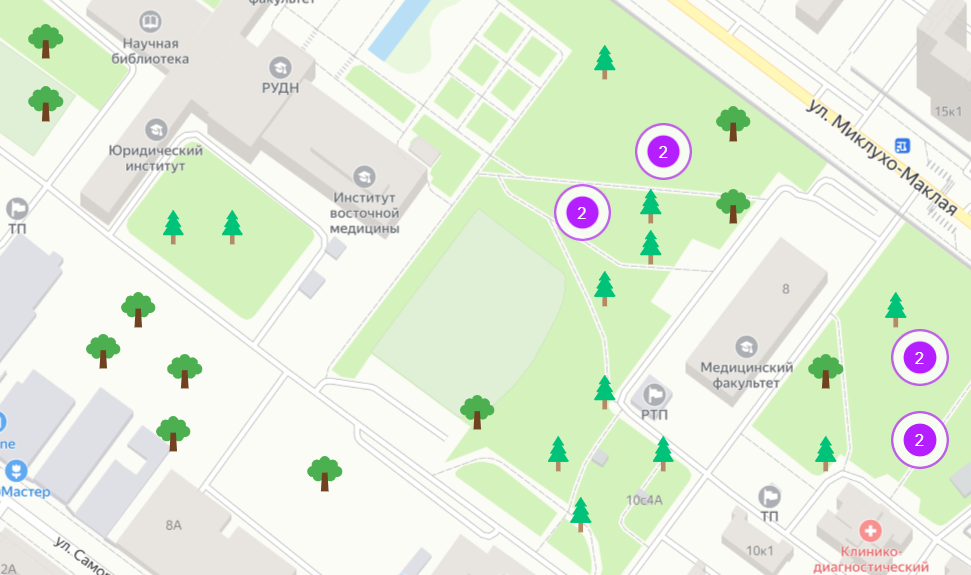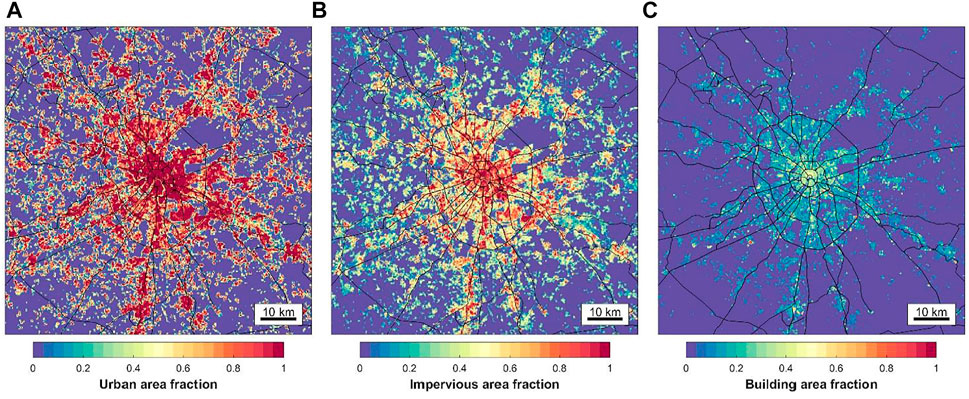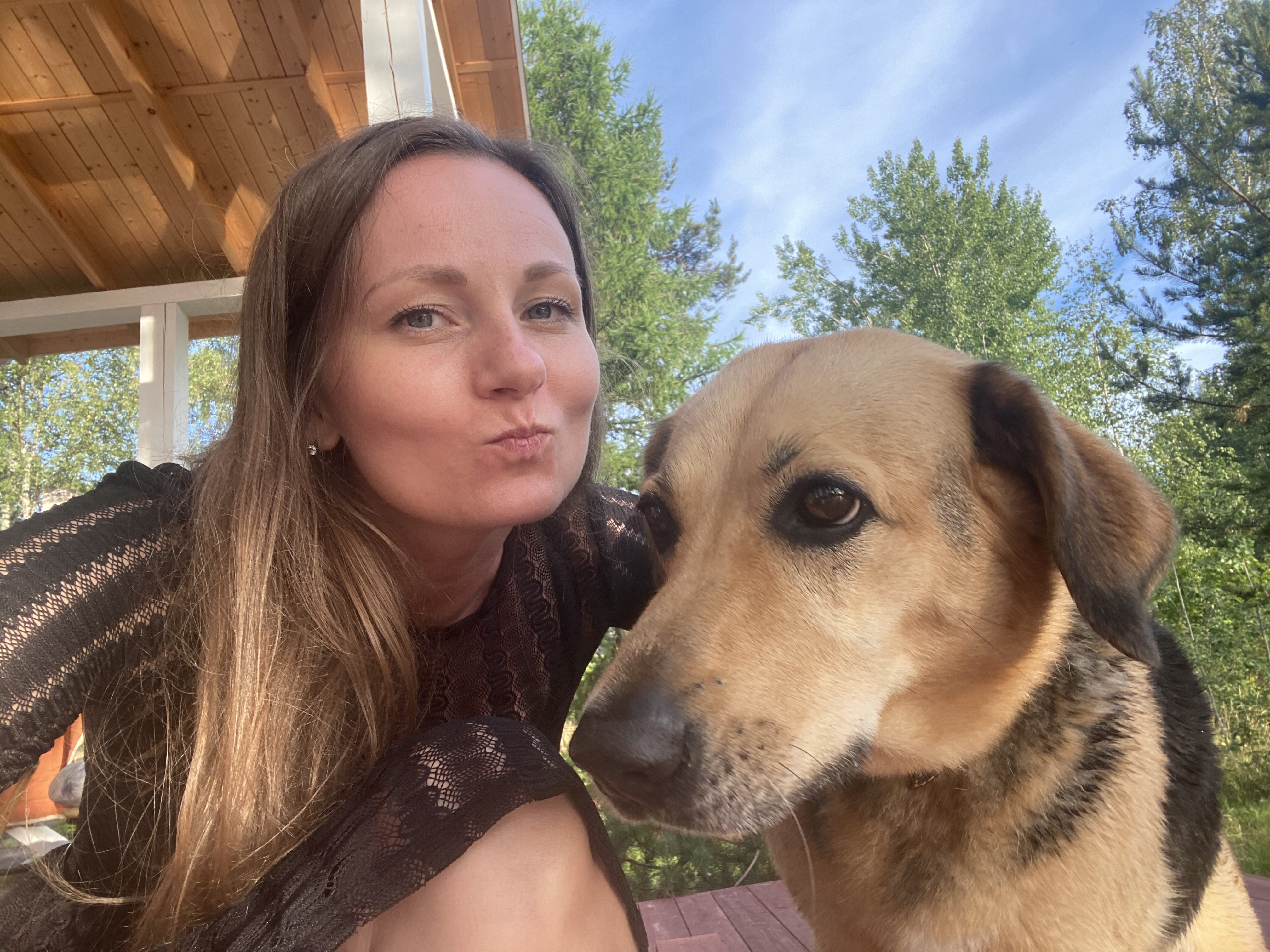In July 18—22, 2022, the 6th International Summer School 3MUGIS (Monitoring, Modeling and Managing Urban Soils and Green Infrastructure) was held within the Department of Landscape Design and Sustainable Ecosystems of the RUDN University. The school was organized with the support of the Russian Science Foundation and under the umbrella of the International Union of Soil Scientists and the Institute of Urban Soils of New York in collaboration with universities, scientific organizations and research groups from around the world. The partners of the school were Brooklyn College (USA), Kola Science Center of the Russian Academy of Sciences, Southern Federal University and many others. All the organizers and partners of 3MUGIS are united by the desire to exchange knowledge, ideas and experience at the international level.
SUN lab researchers explored human-nature relations in a pandemic time
SUN lab researchers in collaboration with Australian and German colleagues studied the role of contact with nature during and after COVID-19 pandemic in Moscow. Scientists from RUDN University, the University of Western Australia, Helmholtz-Centre for Environmental Research and Wageningen University conducted the research that aims to explore the pathways and implications of human-nature interactions during and after the COVID-19 pandemic and how health problems and pandemic challenges can be mitigated through contact with nature.
The finding will help to find out what novel actions and adaptation strategies can be established that can have positive outcomes for both humans and nature. The study was supported by the Russian Science Foundation grant; the results were published in the journal Land in May, 2022.
Russia is a white spot on the tea bag index map: an approach to extend the network of global soil decomposition monitoring
The tea bag approach (http://www.teatime4science.org/about/the-project/) for measurement of microbial decomposition of soil organic matter has been applied for mountain, coastal, forest and arctic ecosystems, while for urban ecosystems located in various biomes such experience is not widely distributed. In Russia there are few amount of sites for which was provided the soil organic matter decomposition assessment by tea bag approach.
Smart Urban Nature team together with colleagues from the Kola Science Centre RAS, Institute of Geography RAS, Southern Federal University, Institute of Physicochemical and Biological Problems of Soil Science, RAS, the Central Chernozem Reserve, have decided to extend of the global map of the tea bag index and organized monitoring of the microbial activity of various soils in the European Russia with financial support of RSF No. 19 -77-30012.
Drones to be detectors of heavy metals in the soil
SUN Lab scientists have created maps of distribution of concentrations of heavy metals nickel and copper in the upper soil horizon. This was made possible through data obtained by unmanned aerial vehicles. The essence of the method is to search for statistically significant relationships between point data on the concentrations of hazardous elements in the upper horizon and the parameters of the relief and soils. The approach has been successful in a technogenic wasteland area on the Kola Peninsula, and as expected, in the future, the technology will help scientists more quickly predict soil pollution in vast and remote areas. The results of the study, supported by a grant from the Russian Science Foundation, were published in the journal Land Degradation & Development.
The SUN Lab announces competition for the position of PhD fellow
The research center “Smart technologies for sustainable development of urban environment under global changes” of RUDN University announces a job opening for a Postdoctoral position within the PhD program “Green Infrastructure & Sustainable Development”.
SUN Researchers have found that transport pollution increases the number of microorganisms potentially dangerous to humans on plant leaves
Scientists from the Smart Urban Nature laboratory, in collaboration with colleagues from the Netherlands and Italy, have shown that microbial communities living on the surface of leaves are sensitive to transport pollution. With the approach to highways, the activity of microorganisms increases, their species diversity decreases, and the proportion of conditionally pathogenic forms increases. These changes are associated with an increased concentration of pollutants (mainly Zinc) and microclimatic conditions near the roads: low humidity, high temperature and ultraviolet radiation. It is important to note that the study of plant microorganisms will help assess the ecological state of nature in the city and their possible impact on human health. Article published in Plants (Q1) journal. The research was partly supported by Russian Foundation for Basic Research (RFBR) and Russian Science Foundation (RSF).
Smart Urban Nature laboratory wishes a Happy New Year
The last month of 2021 was so busy that we did not have enough time to sum up the results of the whole year. Now we had a rest and, looking back, we would like to share some of our achievements.
The year 2021 gave us new results and new colleagues, allowed us to implement interesting projects and become part of the projects of our partners. Despite the continuing restrictions on travel to other countries, we do not stop our international cooperation and contacts, but on the contrary we multiply and strengthen them.
SUN Lab presented the results of the third year of the SUN project
SUN Lab presented the results of the third year of the project “Smart technologies to monitor, model and evaluate ecosystem services provided by urban green infrastructure and soils to support decision making in sustainable city development under global changes”, supported by a Russian Science Foundation (RSF).
Research in the third year of the project was focused on 3 main objectives:
- monitoring of ecosystem services of urban green infrastructure based on the Smart Urban Nature network;
- interpretation of monitoring data for ecosystem services for various target groups and practical tasks;
- application of the results of monitoring and modeling ecosystem services to support decision-making in the field of sustainable development of the urban environment.
SUN Lab scientist explained how particular hot spots in a city form an urban heat island
SUN lab researcher Mikhail Varentsov in collaboration with Russian and German colleagues explained the patterns of temperature rise in megacities. Scientists from RUDN University, Moscow State University, Moscow Center for Fundamental and Applied Mathematics with colleagues from Ruhr University in Bochum (Germany), Freiburg University (Germany) and Berlin Technical University (Germany) found that not only the alternation of local climatic zones, as previously thought, but also the heterogeneity of the urban environment on a scale of several kilometres make a significant contribution to the formation of an urban heat island on the scale of the entire city. This can be compared to the synergy effect, when the result of the interaction of several factors is more powerful than the sum of the effects caused by the same factors separately.
SUN lab experts estimated pets’ significance within ecosystem services classification
Ongoing urbanization has led to a significant increase in the number of pets and has altered the relationships between pets and owners from primarily utilitarian to cultural. Today existing classifications of ecosystem services and nature’s contributions to people explicitly consider only the ES provided by livestock and wild animals. Despite this, scientists from Smart Urban Nature laboratory tried to give it a fresh view and attempted to translate perceived benefits and costs from owning dogs or cats in a megapolis into ecosystem services and disservices frameworks considering such pets as natural biotic elements of a megapolis and thus, essential parts of urban ecosystems.

